It’s no surprise that pickleball has rapidly become one of the most popular sports in 2025. This engaging game combines elements of tennis, badminton, and ping pong, making it accessible for players of all ages and skill levels. As you probe into this article, you’ll discover why its social aspects and fast-paced action attract millions, and how it promotes physical health while fostering community and connection. Prepare to explore everything you need to know about this phenomenon that has taken the world by storm.
Key Takeaways:
- Pickleball combines elements of tennis, badminton, and table tennis, making it accessible and engaging for various skill levels.
- The sport’s growth in popularity is attributed to its easy learning curve, social interaction, and appeal across all age groups.
- Community centers, parks, and recreational facilities are increasingly adding pickleball courts to meet rising demand and promote active lifestyles.

The Origins of Pickleball
History and Development
Pickleball originated in 1965 when U.S. Congressmen Joel Pritchard and Bill Bell, along with friend Barney McCallum, created a new game on Bainbridge Island, Washington. Initially designed as a family activity for their children, they used a badminton court, improvised paddles, and a perforated plastic ball. The name “pickleball” is believed to come from a family dog named Pickles who would chase the ball around.
Evolution of the Game
As the game gained popularity, it began to evolve significantly. By the 1970s, pickleball attracted players across the United States, leading to the establishment of formal rules and the first tournament in 1976 in Washington. Today, its growth is marked by increased participation and the formation of associations dedicated to promoting and standardizing the game worldwide.
In the following decades, new equipment, including specialized paddles and improved balls, enhanced the gameplay experience. The emergence of numerous clubs and leagues paved the way for community engagement, fostering a competitive yet inclusive atmosphere. As pickleball transitioned into a recognized sport, it even began to incorporate elements from other sports, merging strategies from tennis, badminton, and table tennis, while maintaining its unique charm. With several national and international tournaments, your chances of witnessing high-level play have never been greater.
Rules and Gameplay
Basic Rules
In Pickleball, you typically play with two or four players using paddles and a lightweight ball. The game begins with an underhand serve from the baseline, aiming diagonally over the net to the opponent’s service area. Each team has to let the ball bounce once after receiving the serve before returning it, which emphasizes *strategic positioning*. To learn more about trends and etiquette, check out this Pickleball Trends We Need to Retire in 2025☝️ ….
Scoring System
The unique scoring system in Pickleball only allows the serving team to score points. Games are typically played to 11, 15, or 21 points, and you must win by at least 2 points. Each player serves in turn and retains their serve until a fault occurs. This feature creates dynamic rallies and encourages competitiveness while making strategy crucial.
As you play, keep in mind that when the score is even, the player on the right side serves, while on odd scores, a shift to the left occurs. Also, if you’re playing doubles, both team members will serve before the serve switches to the opposing team, keeping the game engaging and strategic with continuous action.
Court Layout and Equipment
The court for Pickleball resembles a badminton court: it measures 20 feet wide and 44 feet long for both singles and doubles play. The net, positioned at 36 inches on the ends and 34 inches in the center, is critical to maintaining the game’s flow. Equipment includes paddles made from various materials like wood or composite and a plastic ball with holes for better aerodynamics.
Each boundary line marks specific play areas, like the *non-volley zone*, or “kitchen,” within seven feet of the net, where players cannot volley the ball. Familiarizing yourself with this layout will greatly enhance your gameplay and strategy execution. Proper equipment and understanding of court rules ensure you can play effectively and enjoyably.
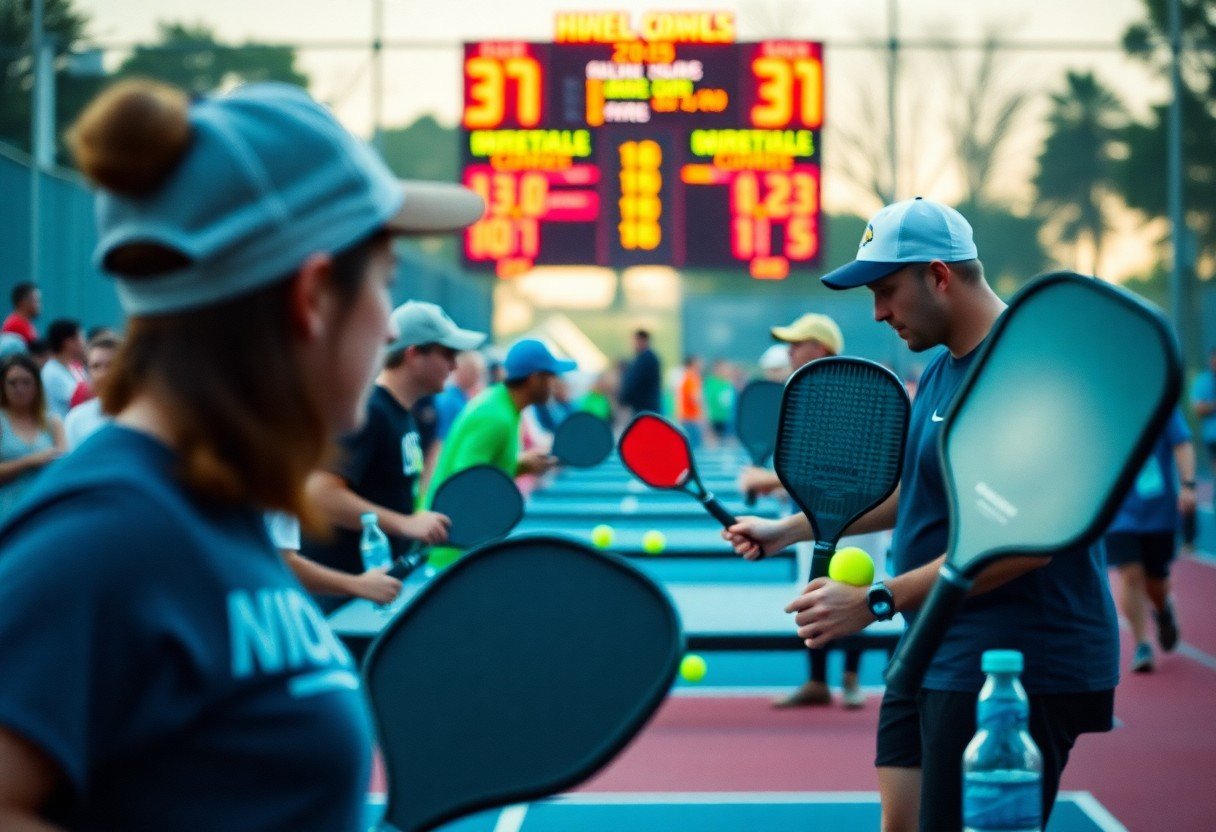
The Popularity Surge of Pickleball in 2025
Demographics of Players
The demographics of pickleball players in 2025 are remarkably diverse, encompassing all age groups and skill levels. While the game initially attracted older adults due to its low-impact nature, it now sees substantial participation from younger players as well. Recent surveys indicate that over 30% of players are under 30 years old, reflecting a shift towards a younger, more dynamic audience.
Social Media Influence
Social media has played a significant role in the rise of pickleball, with platforms like Instagram and TikTok showcasing thrilling gameplay, tutorials, and player stories. Influencers and amateur players alike share their experiences, generating excitement and a sense of community.
In 2025, vibrant pickleball content dominates social media feeds, with hashtags like #PickleballLife and #PickleballChallenge going viral. Influencers often host challenges, encouraging followers to participate and showcase their skills, effectively broadening the sport’s appeal. Additionally, you can find live-streamed matches and highlight reels that attract viewers who may not have otherwise shown interest, creating a sense of belonging and eagerness to join in.
Community Engagement and Events
Community engagement is a cornerstone of pickleball’s popularity, with numerous local tournaments and social events drawing players together. Organizations and clubs often host regular events, making it easy for you to meet fellow enthusiasts and improve your skills.
From neighborhood leagues to national tournaments, the activity fosters a spirit of camaraderie. Many communities now establish annual pickleball festivals, featuring clinics, competitions, and entertainment, which not only promote the game but also unite players of varying abilities. This sense of community keeps you returning to the courts and inspires new players to participate in this rapidly growing sport.
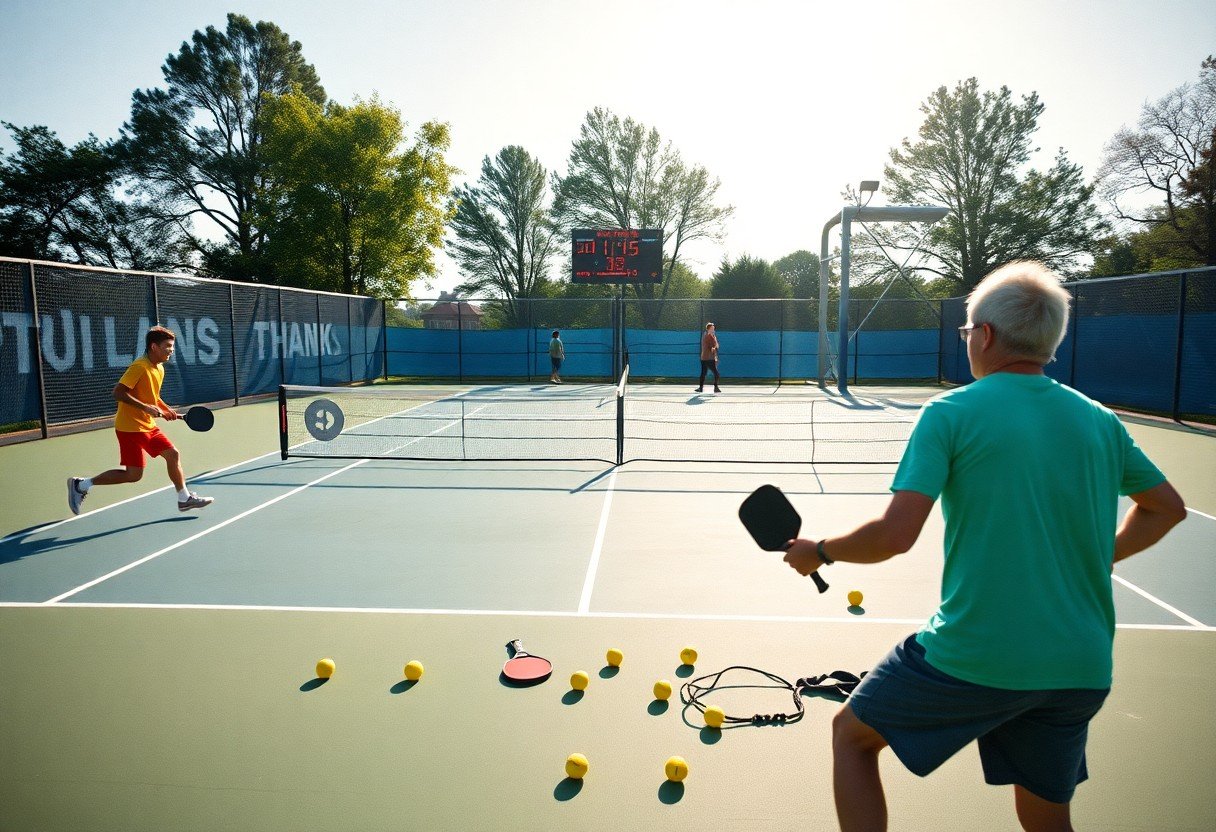
Health Benefits of Playing Pickleball
Physical Fitness
Playing pickleball offers a fun way to improve your cardiovascular health and enhance muscle strength. This fast-paced game involves quick lateral movements and strategic shots, effectively engaging your entire body. Just a few sessions a week can contribute significantly to your overall fitness levels, making you feel more energized and active in other areas of life.
Mental Health Benefits
Engaging in pickleball can provide notable mental health benefits. The combination of physical activity and social interaction promotes a positive mood, reducing feelings of stress and anxiety. Moreover, the strategic nature of the game keeps your mind sharp and focused.
Studies have shown that participating in team sports or group activities, like pickleball, enhances community connection and support, which are crucial for mental wellness. You’ll find that the exhilaration from play not only uplifts your mood but also helps combat symptoms of depression through the release of endorphins, often referred to as ‘feel-good’ hormones. Sharing the court with others further fosters social bonds, making your pickleball experience beneficial for both your body and mind.
Accessibility for All Ages
Pickleball is remarkably accessible, making it ideal for all ages and skill levels. The game’s lower-impact nature means you can enjoy playing without the heavy strain often associated with other sports. Courts are smaller, and the pace can be adjusted, which means both young players and seniors can comfortably participate.
This inclusivity allows families to play together, promoting intergenerational bonding while keeping everyone active. With many community centers and recreational facilities offering courts and instruction, getting involved in pickleball is easier than ever. It serves as a wonderful avenue for physical activity, especially for those who might find traditional sports too demanding.
Pickleball Culture and Community
Building Relationships Through Play
Engaging in pickleball fosters a unique sense of community, allowing you to connect with players of all ages and backgrounds. You’ll find that the casual, friendly atmosphere makes it easy to form friendships while enjoying the game. As you rally and compete, these shared experiences create bonds that extend beyond the courts, often leading to social gatherings and lasting relationships.
Club vs. Casual Play
Your experience in pickleball can vary significantly depending on whether you join a club or opt for casual play. Clubs often provide structured leagues and coaching, while casual play tends to focus on spontaneous games with friends. Each setting has its own charm and caters to different player aspirations, making it crucial for you to align your choice with your interests.
Joining a pickleball club typically offers access to organized tournaments, clinics, and dedicated courts. You’ll benefit from learning strategies and improving your skills through club events. On the other hand, casual play allows for a more relaxed atmosphere, where you can enjoy the game without the pressures of competition. Many players find a balance, participating in both settings to enrich their overall experience.
The Role of Tournaments
Tournaments play a significant role in elevating the popularity of pickleball by showcasing player talents and fostering community spirit. You can participate in local, regional, or national events, competing against players of varying skill levels. These tournaments not only motivate you to improve but also serve as vibrant social gatherings, connecting players with shared passions.
Tournaments often attract large crowds, creating a festive atmosphere and reinforcing camaraderie among participants. They provide opportunities for players to gain recognition and potentially earn accolades, enhancing the competitive edge of the sport. Additionally, observing skilled players in action can inspire you to refine your techniques, making tournaments an crucial aspect of the pickleball culture.
Future Prospects for Pickleball
Growth in Facilities and Resources
With the surge in popularity, you can expect continued investment in new pickleball facilities and resources. Recreational centers and community parks are increasingly dedicating space for dedicated pickleball courts, ensuring accessibility for players at all levels. By 2025, over 5,000 new courts have been constructed across the United States, allowing greater participation and fostering local leagues and tournaments.
Technology and Innovation in the Sport
As pickleball evolves, so does the technology surrounding it. You might find enhanced paddle materials that improve grip and power, as well as UV-resistant balls designed for longevity. Courts are now equipped with advanced tracking systems to analyze player performance, offering insights that can elevate your game.
Technological advancements also extend to wearable devices that monitor your heart rate and calories burned, allowing you to tailor your workouts effectively. Innovation in court surfaces improves playability and safety, while apps for court reservations and match scheduling streamline your experience. These innovations are transforming how you interact with the sport, making it more engaging and accessible.
Predictions for Popularity in the Next Decade
Looking ahead, you can anticipate that pickleball will further solidify its status as a mainstream sport, with projections indicating participation could double by 2035. The increased visibility from professional leagues and media coverage will attract new players, enhancing its reputation as a competitive sport.
By 2035, it’s forecasted that pickleball will reach over 40 million players in the United States alone. The rising trend in youth involvement, alongside growing support from schools and community programs, creates a solid foundation for the upcoming generation. This momentum positions pickleball as not just a trend but a sustainable sport with a vibrant future ahead.
To wrap up
Hence, as you explore the phenomenon of pickleball in 2025, you’ll discover its blend of accessibility, community engagement, and competitive spirit. This dynamic sport appeals to all ages, allowing you to enjoy social interactions while benefiting your physical health. With the increasing number of courts and organized leagues, embracing pickleball can enhance your recreational life. Join the trend and experience firsthand why it’s capturing attention worldwide, ensuring you stay connected and active in this ever-growing community.
FAQ
Q: What is pickleball?
A: Pickleball is a paddle sport that combines elements of tennis, badminton, and table tennis. It is played on a court roughly the size of a badminton court, using a plastic ball and paddle. The game can be played as singles or doubles, making it accessible to players of all ages and skill levels.
Q: Why is pickleball so popular in 2025?
A: The surge in pickleball’s popularity in 2025 can be attributed to its social aspects, ease of learning, and adaptability to various fitness levels. Many communities have built dedicated courts, promoting local leagues and events that encourage social interaction and competition.
Q: What are the health benefits of playing pickleball?
A: Playing pickleball offers numerous health benefits, including improved cardiovascular health, increased flexibility, and enhanced coordination. The sport provides a full-body workout that can help with weight management and has been shown to boost mental well-being through social engagement and physical activity.
Q: Can anyone play pickleball, or are there age restrictions?
A: Pickleball is suitable for people of all ages, making it a versatile sport. Many recreational centers and communities host beginner classes geared toward introducing the sport to children, adults, and seniors alike. Its low-impact nature ensures accessibility for those with mobility limitations.
Q: What equipment do I need to start playing pickleball?
A: To start playing pickleball, you need a paddle, plastic pickleball, comfortable athletic shoes, and access to a pickleball court. Paddles and balls can be purchased individually or as part of starter kits from sporting goods stores. Many public courts also provide equipment for beginners who may not have their own yet.


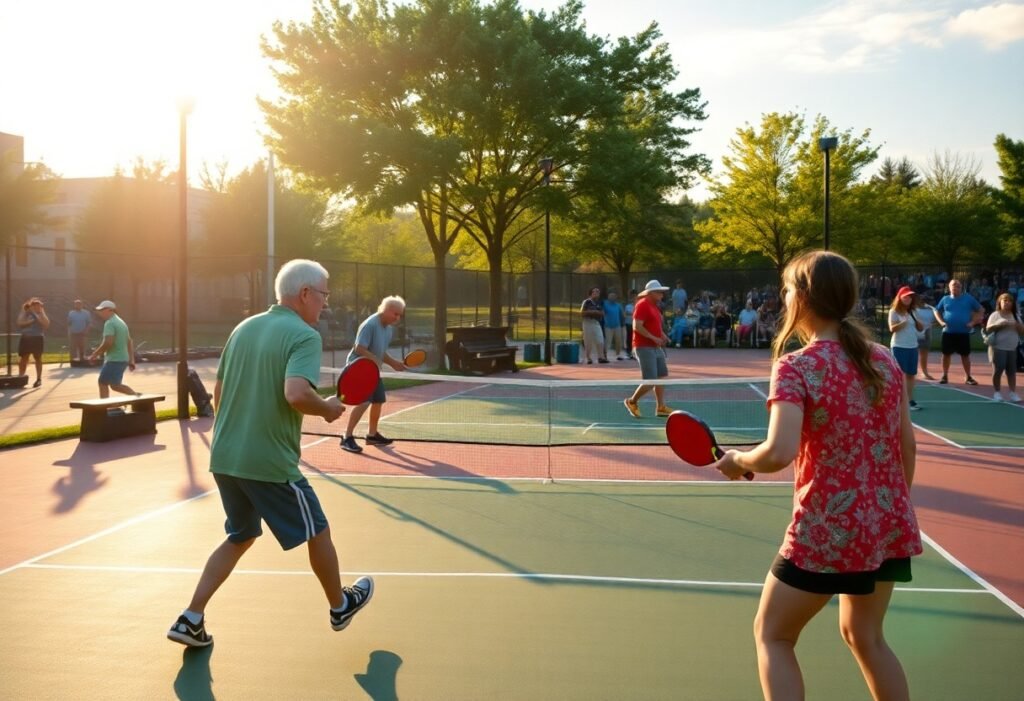
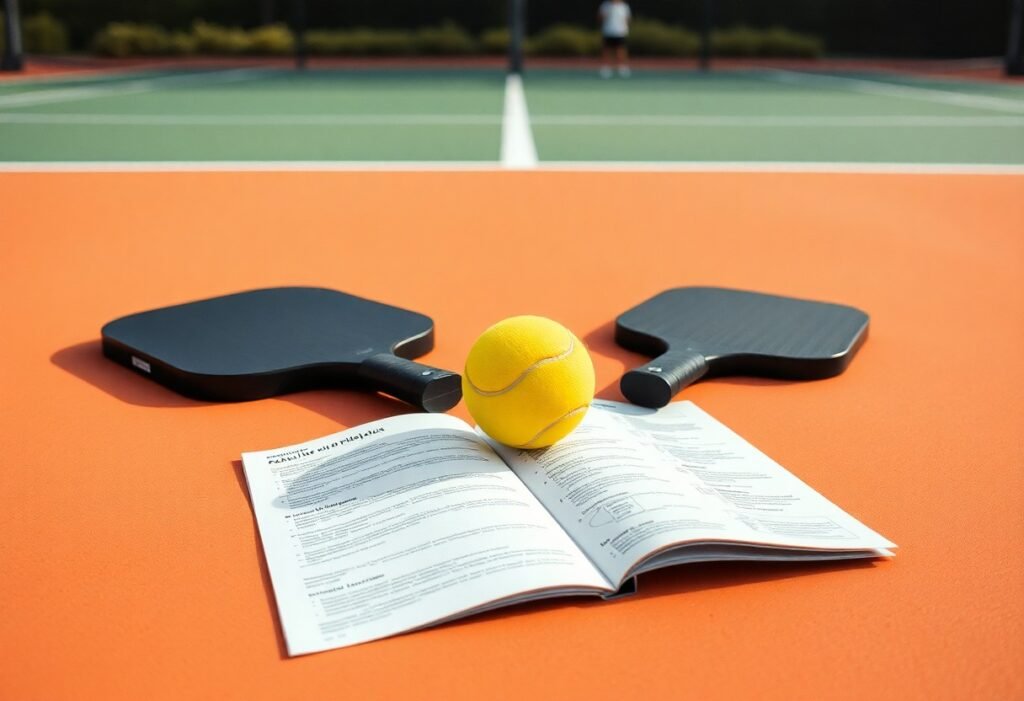

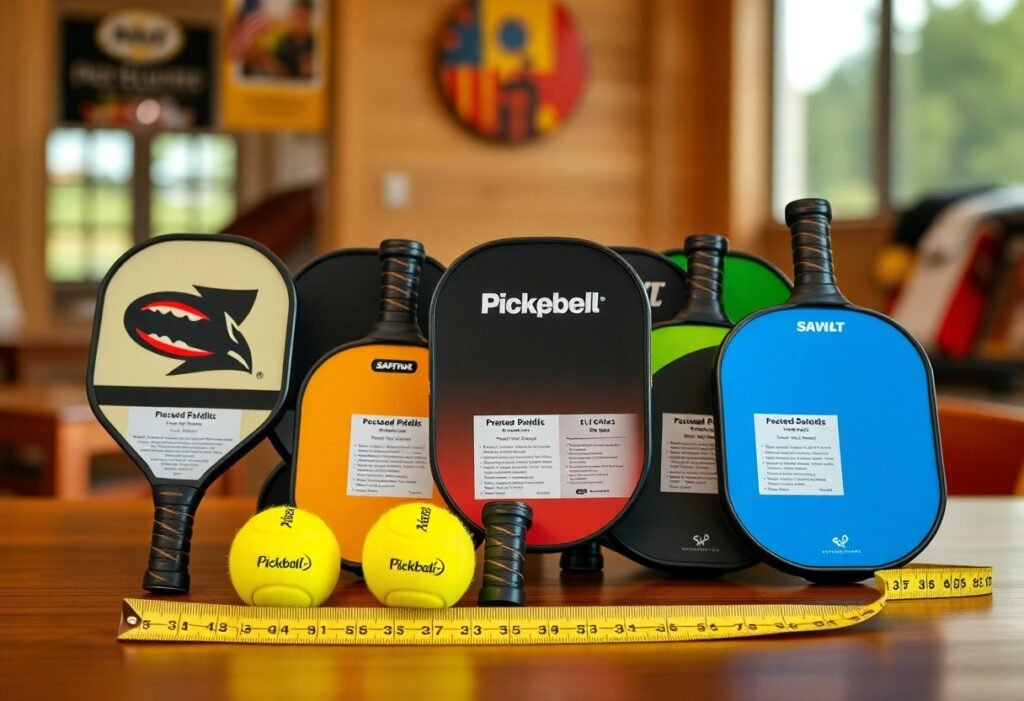
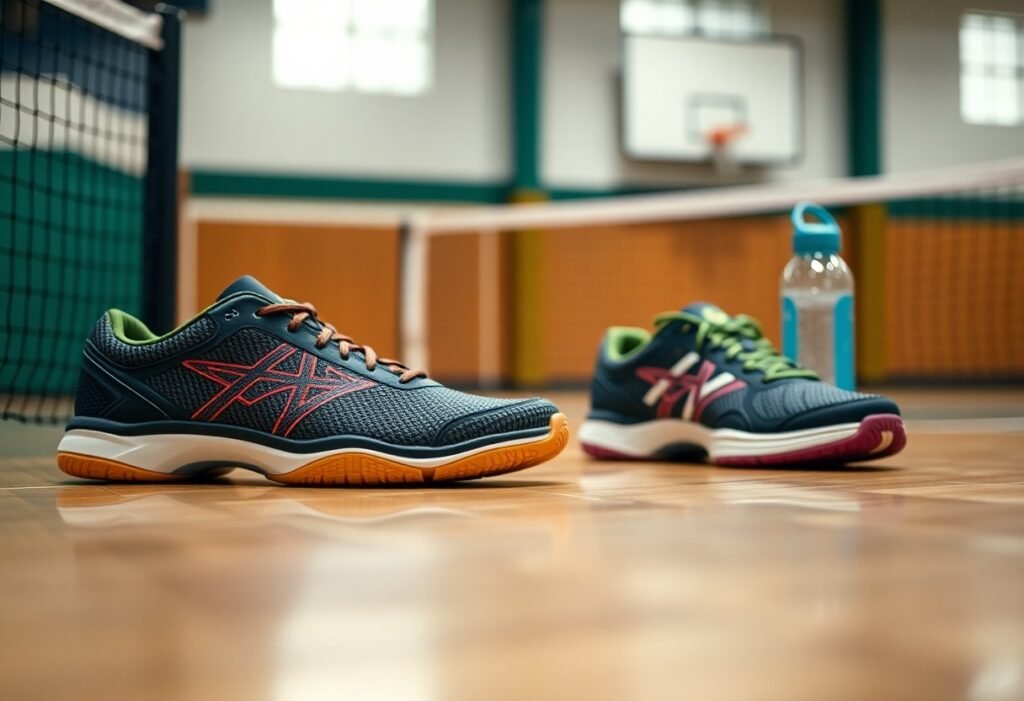
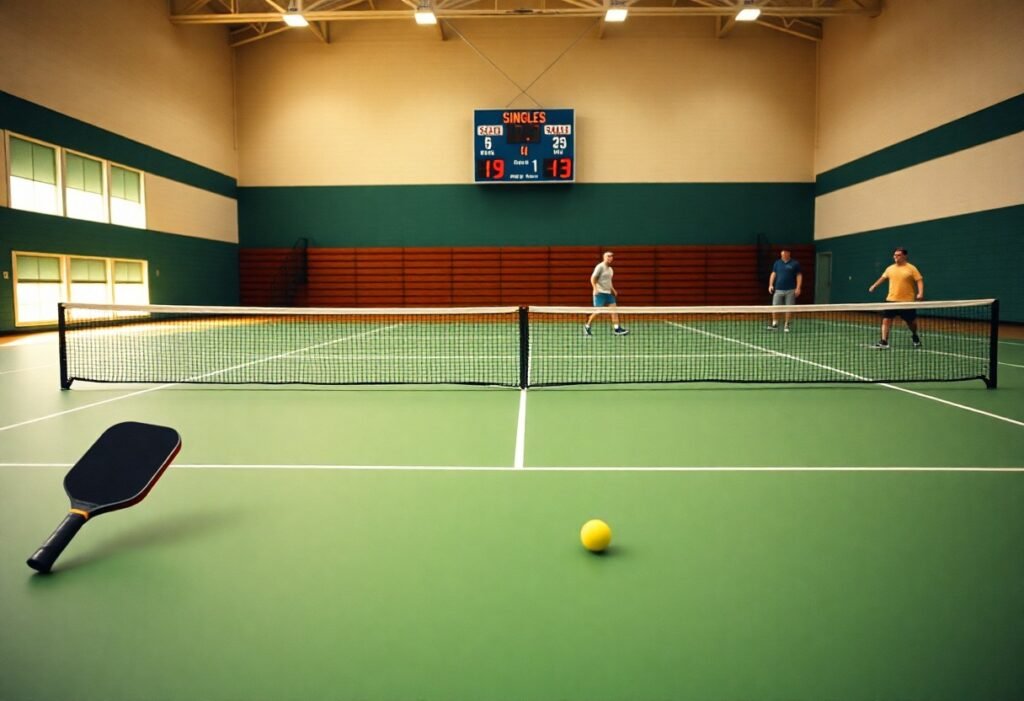


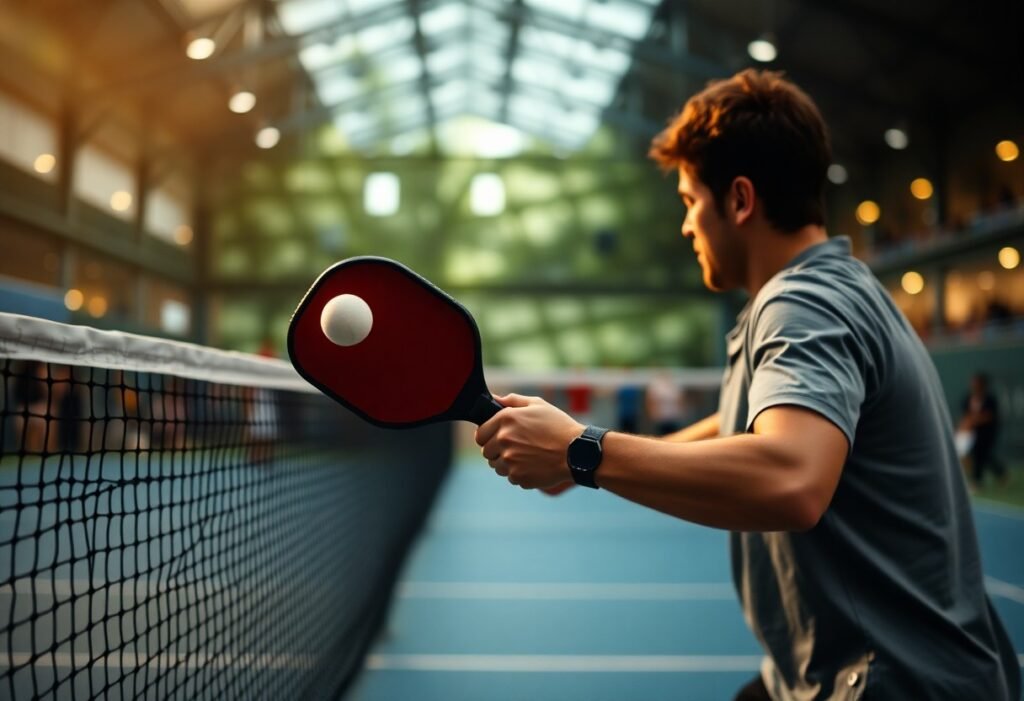

I am sorry, that I interrupt you, but, in my opinion, there is other way of the decision of a question.
——
https://the.hosting/uk/help/utilita-htop-dlja-linux